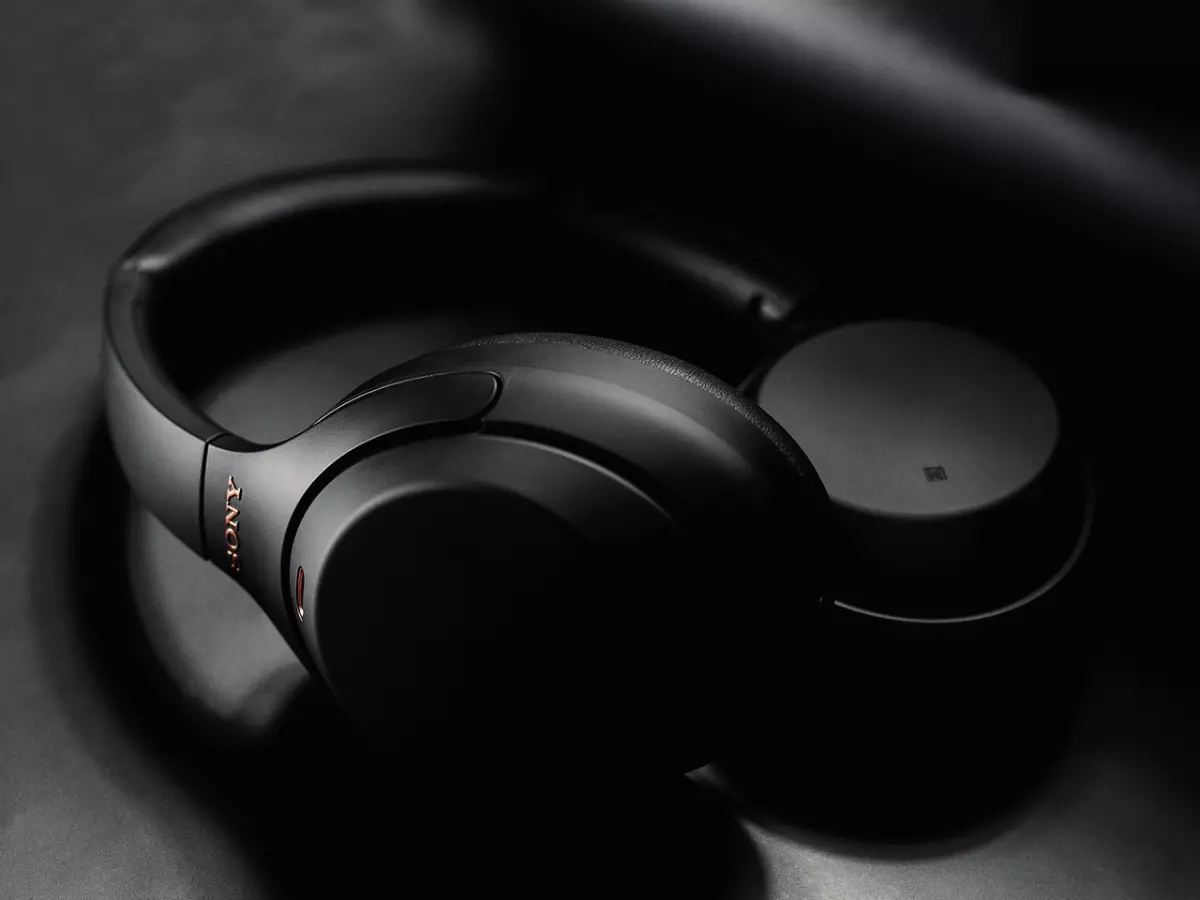Neural Engines
What do a Formula 1 car and your smartphone have in common? Both rely on specialized engines to push performance to the limit. But while the car's engine is all about horsepower, your gadget's secret weapon is something far more futuristic: the neural engine.

By Jason Patel
Ever wondered why your smartphone can recognize your face in a split second or why your voice assistant seems to understand you better with each update? The answer lies in a tiny, often overlooked component inside your device: the neural engine. This AI-driven powerhouse is quietly revolutionizing how gadgets operate, making them faster, smarter, and more efficient than ever before.
What Exactly Is a Neural Engine?
Let’s break it down. A neural engine is a specialized processing unit designed to handle machine learning tasks. Think of it as a turbocharged brain for your gadget, optimized for AI-related functions like image recognition, natural language processing, and predictive text. While your device's CPU and GPU handle general tasks like running apps and rendering graphics, the neural engine focuses on AI-specific tasks, offloading the heavy lifting from the CPU and making everything run smoother.
In simpler terms, it’s like having a personal assistant inside your gadget that’s solely focused on making your life easier. Whether it’s improving your camera’s ability to detect objects or speeding up voice commands, the neural engine is the unsung hero in modern gadgets.
Why Do Gadgets Need Neural Engines?
Okay, so we’ve established that neural engines are cool, but why do gadgets even need them? In a word: efficiency. AI tasks are becoming more and more integral to how we use our devices. From unlocking your phone with Face ID to real-time language translation, these tasks require serious computational power. Without a neural engine, your device would either be slower or drain its battery faster trying to keep up.
Neural engines are designed to handle these tasks more efficiently than traditional processors. They can perform thousands of operations simultaneously, which is crucial for things like real-time image processing. This means your gadget can do more, faster, and without burning through its battery in record time.
How Do Neural Engines Impact Performance?
Let’s talk numbers. In some of the latest smartphones, neural engines can perform up to 11 trillion operations per second. Yeah, you read that right—trillion. This level of performance is what allows your phone to instantly recognize your face or enhance your photos in real-time without breaking a sweat.
But it’s not just about speed. Neural engines also improve accuracy. For example, when you use your phone’s camera to take a portrait, the neural engine helps identify the subject and blur the background with near-perfect precision. It’s like having a professional photographer in your pocket, all thanks to AI.
Beyond Smartphones: Neural Engines in Other Gadgets
Neural engines aren’t just limited to smartphones. They’re starting to pop up in all sorts of gadgets, from smart speakers to wearables. In smart speakers, for instance, neural engines help improve voice recognition, making it easier for your device to understand commands even in noisy environments. In wearables, they enable advanced health tracking features, like detecting irregular heartbeats or analyzing your sleep patterns.
As AI continues to evolve, expect to see neural engines in even more devices, from laptops to smart home gadgets. The future is AI-driven, and neural engines are at the heart of it.
What’s Next for Neural Engines?
So, what’s on the horizon for these AI powerhouses? Well, as machine learning models become more complex, neural engines will need to keep up. We’re already seeing companies develop more advanced versions that can handle even larger datasets and more sophisticated algorithms. This means even faster, more accurate AI-driven features in your gadgets.
Another exciting development is the potential for neural engines to work in tandem with cloud-based AI. This could allow for even more powerful AI applications without sacrificing device performance or battery life. Imagine a future where your smartphone can run complex AI models locally, while also tapping into the cloud for even more processing power. The possibilities are endless.
In short, neural engines are just getting started. As AI continues to play a bigger role in our daily lives, these specialized chips will become even more essential to the gadgets we use every day.
So next time you ask your voice assistant to play your favorite song or snap a perfectly blurred background portrait, remember: it's not just magic—it's the neural engine working behind the scenes.
And who knows? Maybe one day, we’ll all have neural engines in our brains, too. But let’s save that sci-fi scenario for another article.
Stay tuned for more updates as neural engines continue to evolve and reshape the future of gadgets!





